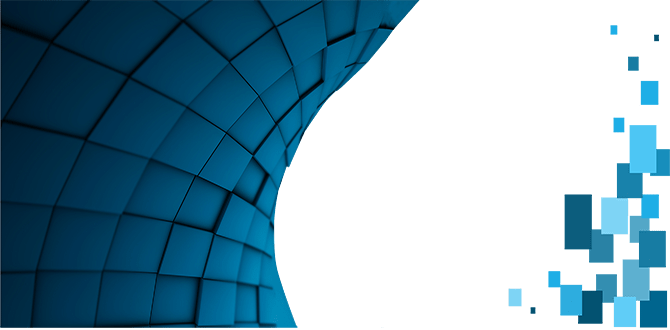3D modeling and material design
The items we want to address are 3D modeling and material design. Here we get acquainted with their meaning and concept.

3D modeling
Three-dimensional modeling means simulating or reconstructing a product or service with a computer in a certain ratio. Simulation means that it is similar to the original model, both technically and functionally, and even in shape. In other words, 3D modeling means making a 3D model of living things or inanimate objects in a computer graphics environment.
Complete examination of objects
3D modeling allows the user to pre-build and generate various projects in the real world, computer-generated and virtualized so that he can analyze them from different angles and make the necessary corrections.
3D modeling also helps people look at a real product from different angles before making it. This method is very efficient for industrial, architectural and graphic designers.
We use 3D modeling in 3 times:
Before producing the project:
We use digital 3D modeling to build cost and error management before building the main product. Such as building construction design or industrial equipment design is used for better investigation.
Simultaneous With project:
Another method is to use 3D modeling at the same time as a main project. In this case, we have more control over the details of that project.
After the project:
In some cases, designers reproduce historical artifacts by 3D modeling. In this way, parts of the old works that have been destroyed can be reconstructed with the help of a computer.
Application of 3D modeling
Designers, engineers can use 3D modeling to analyze various features of a project that cannot be explored in the real world. They can also demonstrate a design well with the help of various professional tools.
The Artechnical team provides services in the field of 3D modeling and material design. For more information, you can contact our partners or see it in our service section.
Material design
Material design is a major development in the traditional design style and is not specific to any particular platform. This design style has attracted the attention of many people around the world.
To get acquainted with Material design, we must first introduce Flat Design.
Definition of style Flat Design
Flat Design owes its design to Microsoft, because Microsoft was able to draw people’s attention to this design with this design in the Start menu of Windows 8. This design style, while being modern, pays a lot of attention to simplicity. In this type of design, it uses shadows, gradients and three-dimensional elements to a small extent. Due to the appropriate color and legible font of Flat Design style, the logos of many large companies have been designed in the same style.
What is material design?
Material Design is a design language developed by Google in 2014. Material design pays a lot of attention to the grid system and animations, and depth and shadows are very important for this type of design. In other words, it can be said that the updated version is Flat Design, but much more attractive with beautiful and complex animations and transition modes. Google claims that their new design language is inspired by ink and paper.
Material design on the site
Material Design is a written, documentary and scientific version of Flat Design. Initially, this design style was limited to mobile applications produced for Android. Using this design in a web environment made no sense. But material design soon became popular among web or UX interface designers.
The last word
3D modeling and material design are both in the field of graphics and design. With these two methods, very attractive designs can be done. Arta Technical team also works in the field of 3D graphic design and logo and provides quality services.










